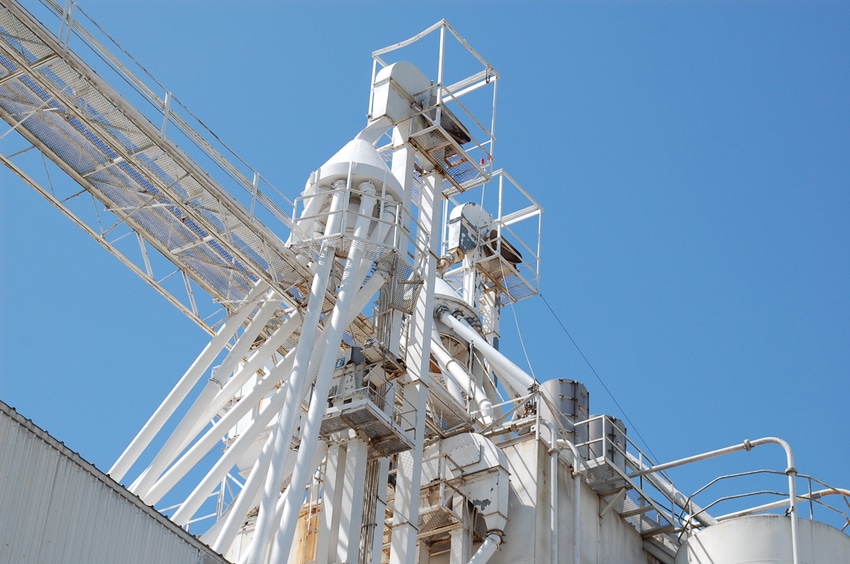Grain dust explosions rise in 2017
All fatalities occurred during one single event.
March 9, 2018

There were seven reported grain dust explosions at U.S. food and agricultural facilities in 2017, two more than in 2016 but still below the 10-year average of 9.3 explosions per year, according to an annual report issued by Purdue University’s department of agricultural and biological engineering.
The explosions in 2017 resulted in five fatalities and 12 injuries. Incidents were reported at one pet food plant, one grain mill and five grain elevators. There were three fatalities in 2016.
Kingsly Ambrose, Purdue assistant professor of agricultural and biological engineering and lead author of the report, said preventive measures can be taken to avoid dust explosions.
“Even with a 40% increase in the volume of grains handled and processed since the (Occupational Safety & Health Administration) grain handling standard was promulgated in 1988, the number of incidents has steadily declined over the past 10 years,” Ambrose said. “Keeping the facility clean, training employees and contract workers, keeping equipment in good working condition by preventive maintenance and the use of dust explosion suppression systems and venting systems are good prevention practices.”
Indiana, Iowa, Nebraska, Oregon and Minnesota each reported one explosion last year, and two happened in Wisconsin. All dust explosion fatalities in 2017 happened at a corn mill in Wisconsin during a single incident, which also accounted for 11 injuries. The other injury was reported in Oregon.
In two cases, the cause was reported as an overheated bearing and electric spark. The remaining five cases had unknown ignition sources, which Ambrose said is often the case due to the explosion destroying evidence that could confirm the source.
Ambrose said dust is generated when grain is moved, which is why most 2017 explosions occurred in the latter half of the year, when grain is more likely to be handled.
“Though explosion suppression systems provide some protection, we must keep in mind that grain dust explosions can only be controlled through preventive measures,” he said.
You May Also Like


.png?width=300&auto=webp&quality=80&disable=upscale)
